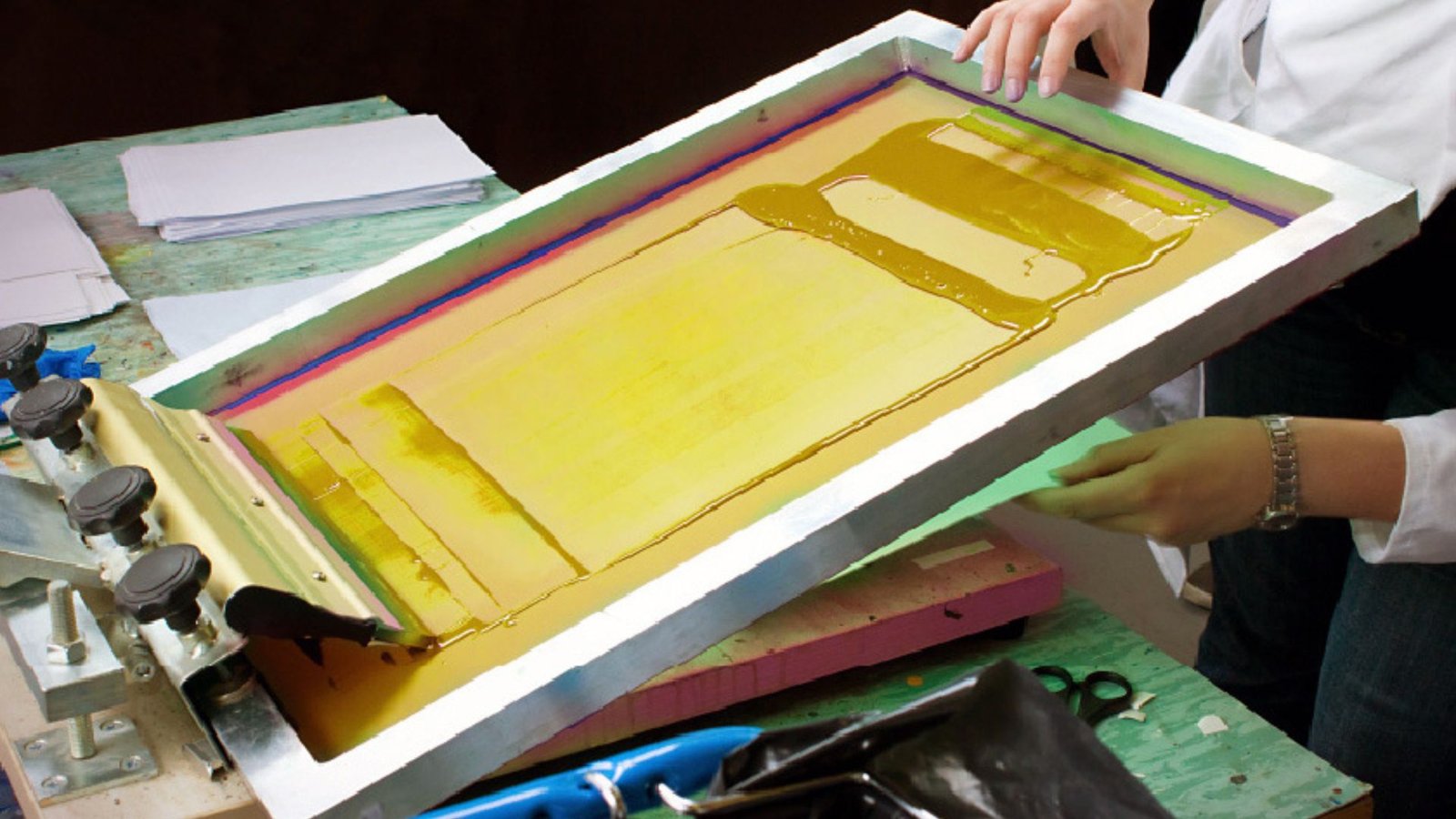When it comes to screen printing, preparing fabrics for better screen prints is essential for achieving high-quality results. Proper fabric preparation ensures that the design comes out clean, sharp, and vibrant. Whether you are printing on t-shirts, bags, or other fabric items, following the right steps will make a huge difference. In this article, we’ll guide you through some key tips for preparing fabrics to get the best outcome from your screen printing process.
1. Choose the Right Fabric for Screen Printing
The first step in preparing fabrics for better screen prints is choosing the right material. Not all fabrics are suitable for screen printing. Cotton, for instance, is one of the most common fabrics used for screen printing because it absorbs the ink well, ensuring vibrant prints. Polyester, on the other hand, can be more difficult to print on as it doesn’t absorb ink as easily. When choosing fabric, consider how well it holds the ink and the texture of the material.

2. Pre-Wash the Fabric
Before printing, it’s important to pre-wash the fabric. Washing removes any dirt, dust, or chemicals from the fabric, ensuring a cleaner print. Fabrics that have been treated with sizing or finishing chemicals can cause issues during printing, so washing them helps prevent these problems. Make sure to wash the fabric in warm water and avoid using fabric softeners, as they can leave a residue that affects the ink’s ability to adhere.
3. Dry the Fabric Completely
Once the fabric is washed, it’s crucial to dry it completely. Any moisture left in the fabric can interfere with the printing process and affect the quality of the print. You can either air dry the fabric or use a dryer. If you’re air drying, make sure the fabric is laid flat to avoid wrinkles or creases. If using a dryer, choose a low heat setting to avoid damaging the fabric.
4. Iron Out Wrinkles
Wrinkles in the fabric can cause uneven prints and affect the alignment of your design. To prepare your fabric for screen printing, iron out any wrinkles before beginning the process. Use an iron on a low to medium heat setting, depending on the fabric type, and avoid using steam. This ensures that the fabric remains smooth and ready for the print.
5. Remove Any Lint or Dust
Fabrics can often have small particles of dust or lint on their surface, which can interfere with the printing process. These particles may cause the ink to spread unevenly or affect the final design. To ensure a smooth, clean print, use a lint roller or a soft brush to remove any debris from the fabric before printing.
6. Test the Fabric for Ink Absorption
Before starting your full printing process, it’s a good idea to test the fabric by printing a small sample design. This test allows you to see how well the fabric holds the ink and whether adjustments need to be made. If the ink doesn’t adhere well, consider using a fabric medium or adjusting your printing technique.
7. Use the Right Printing Screen Mesh
When preparing fabrics for better screen prints, the choice of screen mesh is just as important as the fabric. The mesh count determines how much ink is allowed to pass through the screen. For detailed designs or fine lines, a higher mesh count (such as 160 or 230) works best. For bold, solid prints, a lower mesh count (such as 110) may be more appropriate. Using the right mesh ensures that your design is crisp and clear.
8. Apply a Pre-Treatment (For Synthetic Fabrics)
If you’re printing on synthetic fabrics like polyester, it may be necessary to apply a pre-treatment solution. Pre-treatments help the ink bond better to the fabric, ensuring a more durable and long-lasting print. These treatments are especially important for fabrics that do not naturally absorb ink well. Always follow the manufacturer’s instructions for applying pre-treatment products to avoid issues during printing.
9. Ensure Proper Alignment
Alignment is key when preparing fabrics for better screen prints. You can use registration marks to help with this process.
10. Make Sure the Fabric is Taut
The fabric needs to be taut and secure on the printing surface to ensure an even print. If the fabric is loose, the ink may spread unevenly, leading to blurry or inconsistent prints. Stretch the fabric tightly over the printing platen and secure it in place. This will prevent any shifting during the print process and keep the design sharp and clean.
Conclusion
Preparing fabrics for better screen prints is essential for achieving professional-quality results. By choosing the right fabric, pre-washing, removing wrinkles, and ensuring proper ink absorption, you set yourself up for success. Don’t forget to test your materials, align your design, and use the proper mesh count to get the best prints possible. With the right preparation, you can take your screen printing projects to the next level and create prints that truly stand out.











